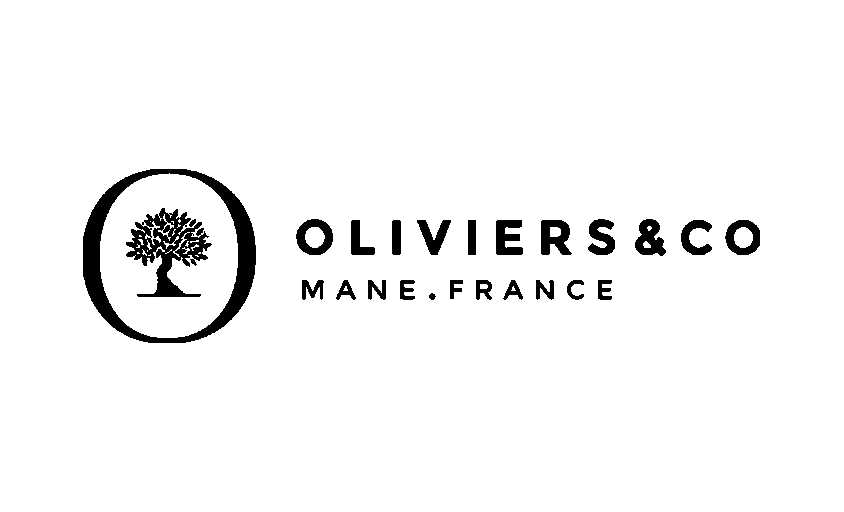What are Color Systems?
In this article :
Color systems are at the heart of visual creation and play a crucial role in how messages are perceived, whether in advertising, design, or photography. Understanding how these systems work means grasping the very essence of modern visual communication and the impact they can have on brand image.
For professionals working in photo post-production, mastering these systems is essential to ensure consistency across all platforms.
A History and Technical Evolution
Originally, artists mixed pigments to achieve the desired color range, a practice that evolved with the advent of digital technologies. Today, the transition from the analog world to the digital one has led to the establishment of color management standards and models. For instance, in the digital realm, the RGB (Red, Green, Blue) system is essential for screens, while for printing, more complex models like CMYK (Cyan, Magenta, Yellow, Black) are used. Some professionals also refer to the Adobe 98 profile to ensure a smooth transition between different color spaces.
Although these models may seem technical, they directly influence the visual impact of images. Proper color management not only helps avoid discrepancies between the image displayed on a screen and the one printed but also creates a precise atmosphere that enhances the advertising message.
Practical Applications and Daily Challenges
Color management is not just a theoretical exercise. In practice, it is essential during the image editing and optimization phases. In a workflow where retouching occurs after the photo post-production phase, a thorough understanding of color systems is crucial to achieve consistent and impactful visuals.
In a professional setting, several challenges arise:
- Conversion between color spaces:
Transforming an image designed in RGB for digital display into CMYK for printing is often tricky. Incorrect settings can distort hues and compromise the final image quality. - Maintaining color accuracy:
Using standard profiles like Adobe 98 helps preserve the authenticity of colors during conversions. - Adjusting hues:
Calibrating screens and printers becomes an essential step to ensure the final output stays true to the creator’s intentions.
The Impact on Communication and Branding
In advertising, the color system often determines the success of a campaign. Colors are not just technical data; they convey emotions, values, and reinforce a brand’s identity. A thoughtful color choice can transform a visual message into a memorable sensory experience.
For instance, warm colors can evoke energy and passion, while cooler tones inspire serenity and reliability. The balance between these hues is often refined during the editing phase, where every detail is perfected to achieve perfect harmony.
Carefully crafted images then become powerful tools for storytelling. They help create a strong, cohesive brand image capable of standing out in a market saturated with generic visuals. The importance of color systems also lies in their ability to subtly convey a brand’s identity, providing a recognizable visual signature at a glance.
Towards Mastery of Color Systems
Technological innovations have made color management more accessible and precise. Editing software now provides advanced tools to meticulously adjust every pixel, ensuring optimal color fidelity. For creatives, this means that transitioning from digital images to print can be done with renewed confidence.
Moreover, close collaboration between creative departments and technical specialists ensures that every image, whether for the web or print, maintains perfect color consistency. These collaborations are often structured around training on color systems and calibration sessions, essential to maintaining a high level of visual quality.
Conclusion
In summary, color systems form the foundation of any successful visual communication. They transform simple images into true works of art capable of telling a story and evoking emotions in the viewer. In a professional context, where precision and consistency are essential, mastering these systems becomes a true strategic asset.
Whether you are a designer, photographer, or advertiser, understanding and effectively applying the principles of color systems is crucial to ensuring the success of your visual projects. This expertise allows you to enhance each image and firmly establish a brand’s identity in the minds of its audience.
Jérémy Carlo is the editorial director at Rétines, where he ensures the consistency and clarity of all content produced by the studio.
Our Clients
Let’s discuss
What we do for you at Rétines
Meticulous work, an organised project and fast delivery. And to achieve this, we mobilise the right resources in our teams at the right time.
01
Pre-production
Artistic and technical direction tailored to the project.
Relevant recommendations on content, form and resources.
02
Photo Shooting
Photos taken by our experienced photographers.
Production that’s controlled, efficient and tailored to the needs of the project, with nothing superfluous.
03
Retouching
Technique
Photographs magnified by our retouching team.
Post-production to meet the commercial challenges of the brief.












